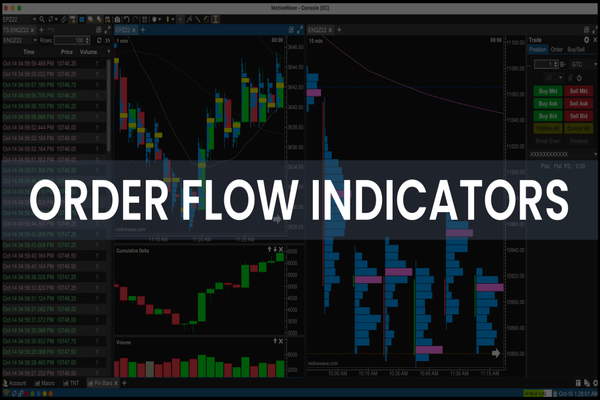Gold has long been viewed as the ultimate safe-haven asset. It glitters through economic uncertainty, geopolitical tension and inflationary pressure. As more traders turn to the precious metal as part of their portfolio, the gold trading account has become an increasingly popular entry point. But popularity breeds assumptions, and assumptions breed myths.
While many traders rush in with high expectations, a gold trading account is often misunderstood. Some assume it requires immense capital, others believe it means physically holding gold. Misconceptions like these can affect your strategy, confidence and ultimately your performance.
Before you open an account or place your first trade, let us first clear the fog.
Understanding the Gold Trading Account in Practice

To use a gold trading account effectively, it is important to know what you are actually accessing. You are trading the value of gold rather than holding the commodity itself. Your profits or losses come from price movements, not physical ownership.
These accounts are offered by brokers who allow access to gold markets through online platforms. You can go long if you expect prices to rise or short if you expect them to fall. Flexibility is one of the biggest strengths of a gold trading account, especially in uncertain or fast-moving markets.
7 Misconceptions About a Gold Trading Account

Myth 1: You Need a Lot of Money to Open a Gold Trading Account
Many people still associate gold with wealth and exclusivity. But modern trading platforms have made it possible for almost anyone to open a gold trading account with a relatively small deposit. Through leveraged products like contracts for difference (CFDs), traders can gain exposure to the gold market without needing to buy physical bars or coins.
Even modest accounts can take part in price action, provided risk is managed wisely.
Myth 2: A Gold Trading Account Means Physical Gold Ownership
Owning gold physically involves storage, transport and security concerns. A gold trading account offers none of that. Instead, you are trading contracts that reflect the price of gold. This could be in the form of spot gold, futures, or CFDs, depending on your broker.
These instruments allow you to speculate without ever holding the underlying asset, making trading faster and more accessible.
Myth 3: It's Only Worthwhile During a Crisis
It is true that gold typically performs well during periods of crisis, but that does not mean it lacks value during stable times. A gold trading account can provide diversification even in normal market conditions. Gold often moves differently to stocks and currencies, giving traders a way to balance out their risk.
This is why many investors include gold in their portfolios regardless of global sentiment.
Myth 4: You Need to Be an Expert to Trade Gold
Another widespread myth is that gold trading is too complex for beginners. In reality, a gold trading account can be a great way for new traders to get started, especially with the support and tools most modern platforms now provide. Many brokers offer educational resources, demo accounts and risk management tools to help ease the learning curve.
While experience helps, it is not a barrier to entry.
Myth 5: Gold Trading Guarantees Profit
Gold is often called a "safe haven", but that does not mean it is risk free. Like all tradable assets, its price is influenced by factors like interest rates, central bank policies and global demand. A gold trading account gives you access to those movements, but not protection from losses.
Success still depends on having a clear plan, good timing and disciplined execution.
Myth 6: There's Only One Way to Trade Gold
Some traders assume there is only one product or method available. But a gold trading account can provide access to a variety of instruments. Whether you want to trade spot gold, futures, or even gold ETFs, your broker may offer different tools tailored to your goals and risk tolerance.
That means you can choose a trading style and structure that fits your preferences.
Myth 7: You Can Just Set and Forget
Unlike long-term investing in physical gold, trading through a gold trading account requires active management. Markets react to everything from inflation reports to central bank meetings and global news. Prices can move quickly and unexpectedly.
Even if your view is long term, regular monitoring and updates to your positions are essential to stay on top of risk.
Final Thoughts
The gold trading account is not a secret weapon, nor is it an overly complex tool reserved for professionals. It is simply a modern way to access one of the most enduring assets in history. But like anything in trading, misinformation can lead you off track.
By understanding how a gold trading account actually works and letting go of these myths, you can approach the market with more confidence and less confusion. Gold is powerful, but knowledge is what truly gives you an edge.
Disclaimer: This material is for general information purposes only and is not intended as (and should not be considered to be) financial, investment or other advice on which reliance should be placed. No opinion given in the material constitutes a recommendation by EBC or the author that any particular investment, security, transaction or investment strategy is suitable for any specific person.








